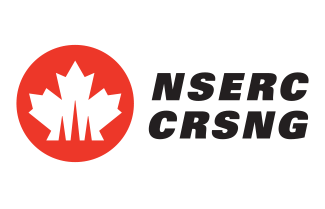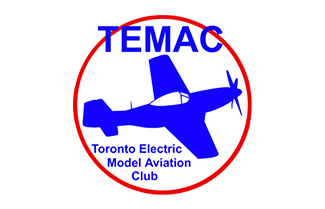5-Hour Flight of Ryerson University’s Solar-Powered Aircraft
On Friday, October 25 2019, the team of the Ryerson University Applied Aerodynamics Laboratory of Flight (RAALF, http://ralf.blog.ryerson.ca/) successfully completed the second flight of its solar-powered airplane, CREATeV. The flight that lasted 5 hours and was a crucial test of the battery system of the aircraft.
The aircraft has a wingspan of 6.3 meters and weighs about 12 kg. Ultimately the aircraft will be equipped with solar cells that, during the day, power the aircraft and charge batteries, which supply power during night time. This setup will enable the aircraft to stay airborne nonstop for nearly three months. We anticipate our record-breaking flight in summer 2020.
Possible applications of the aircraft are long-term environmental observations, for example as they are needed to better understand climate change related effects. Other applications include forest-fire detections, wild-life observations and communication relay.
The aircraft was designed, fabricated and tested by aerospace engineering students of Ryerson University. The project is supported with funding from the Molson Foundation and material backing from Record Technology & Development (Richmond Hill) and Advanced Mobility Products, Inc. (Newmarket). Furthermore, the hospitality of the York Soaring Association was again greatly appreciated.







